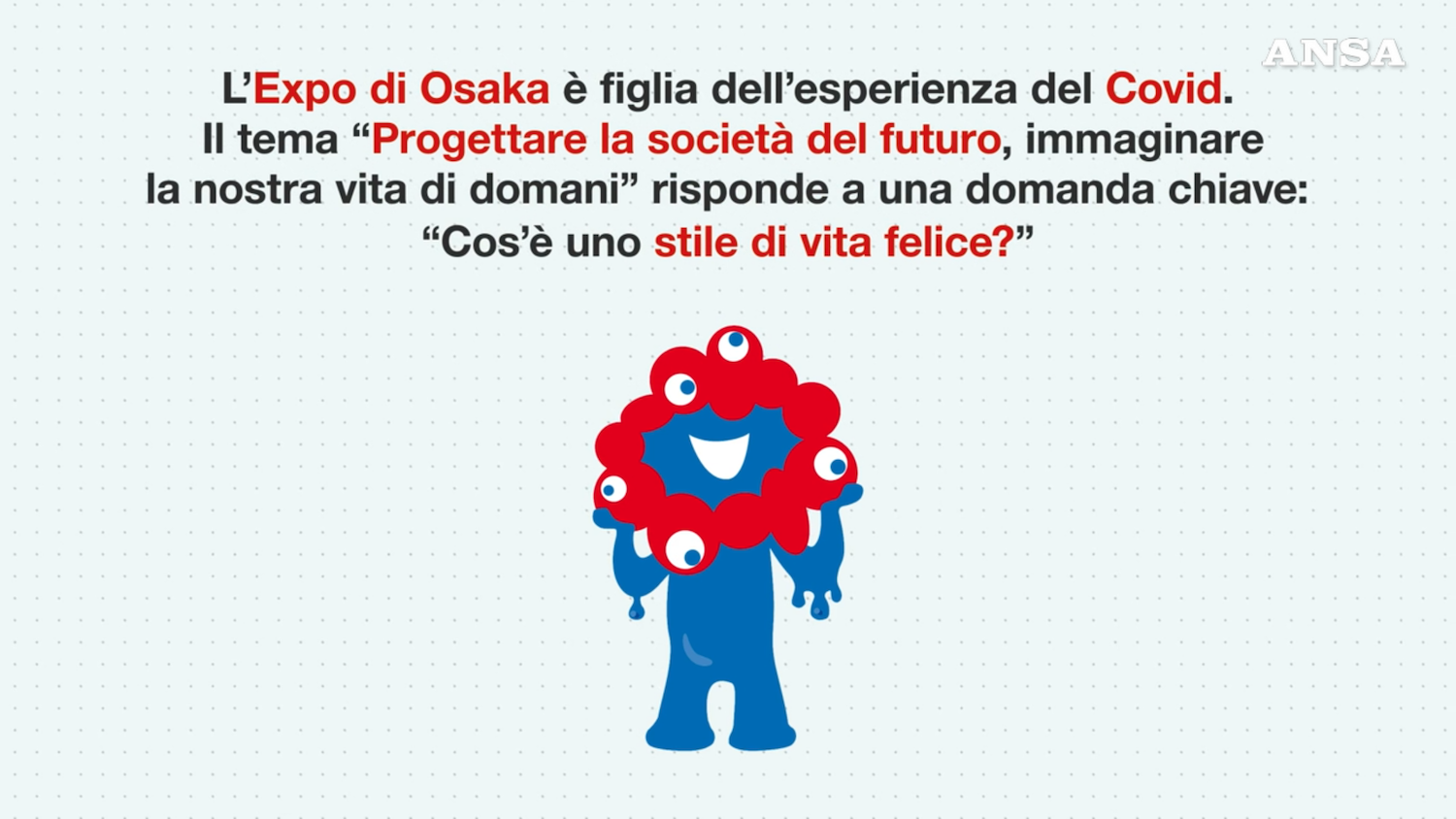What Is Musical Frisson and Why It Sends Shivers Down Your Spine
Have you ever felt a sudden wave of goosebumps while listening to a favourite song? That thrilling moment, often called frisson, is more than just a bodily reaction—it reveals something extraordinary about the way your brain connects sound to emotion. Recent research indicates that those who experience frisson have denser neural pathways linking auditory regions with emotional centres in the brain. In other words, your brain wiring might be uniquely tuned to music’s emotional power.
The Neuroscience Behind Goosebumps
A groundbreaking study published in Social Cognitive and Affective Neuroscience explored why some people get that spine-tingling sensation. Led by Matthew Sachs from the University of Southern California alongside teams at Harvard and Wesleyan, researchers enlisted 20 volunteers—10 who regularly experienced musical frisson and 10 who did not. Using diffusion tensor imaging (DTI), they mapped the microstructure of each participant’s brain and found striking differences:
Essentially, frisson-prone listeners have a “direct hotline” between what they hear and how they feel, making them more sensitive to harmony, rhythm shifts and emotional cues in music.
Why Certain Songs Trigger Frisson
Not every piece of music causes goosebumps—specific structural and dynamic elements are key triggers:
When these elements combine, they activate the enriched pathways in frisson-sensitive brains, translating musical patterns into physical shivers.
The Memory Connection: Music as an Emotional Time Machine
Beyond structure, personal memories play a crucial role. If a song is linked to a powerful life event—first love, a graduation, a road trip—hearing it again can unleash a flood of nostalgia and emotion. This dual activation of memory centres (hippocampus) and emotional networks intensifies the frisson effect:
This interplay makes frisson not just a fleeting thrill, but a personal journey through one’s life experiences.
Is Frisson an Innate Gift or a Skill You Can Cultivate?
While some people are naturally predisposed to frisson, others can develop sensitivity through intentional listening:
Over time, you may find yourself more open to that goosebump moment, enriching your musical experiences and emotional awareness.
Embracing Your Emotional Superpower
Experiencing goosebumps from music isn’t just a quirk—it’s a sign of heightened empathy, creativity and emotional intelligence. By honouring this “skin orgasm”, you celebrate your capacity to feel deeply. Next time you catch yourself shivering at a soaring melody or a poignant lyric, remember: your unique brain wiring connects you intimately to the art of sound. Crank up the volume, explore new music and let those shivers guide you to deeper musical joy.










